Exploring the World of Ceramic Glazing
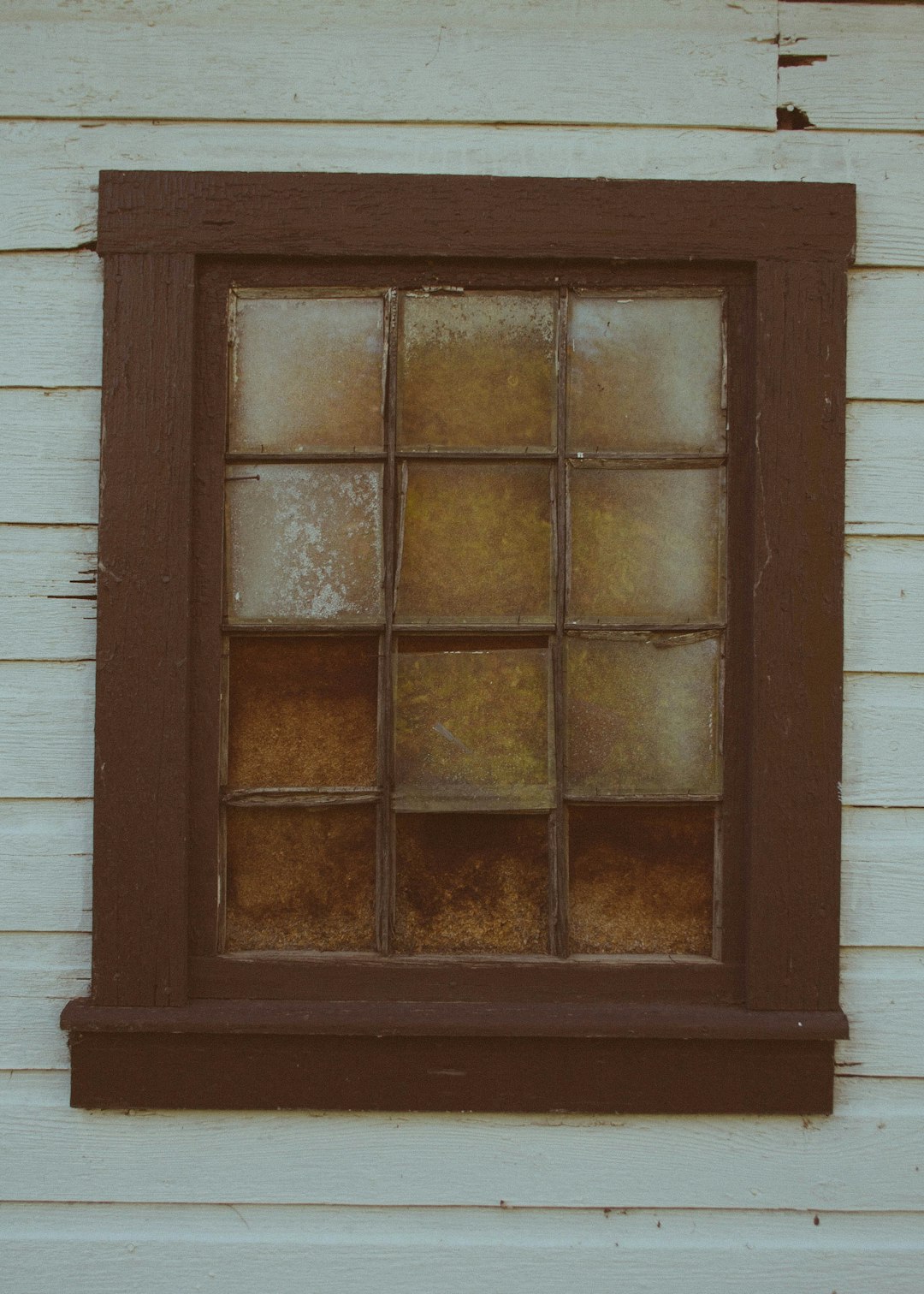
The art of ceramic glazing is a meticulous process that transforms clay into beautiful, durable pieces of art. This transformation is achieved through a series of carefully controlled firings, each step crucial to the final product’s quality and aesthetic.
The Importance of Bisque Firing
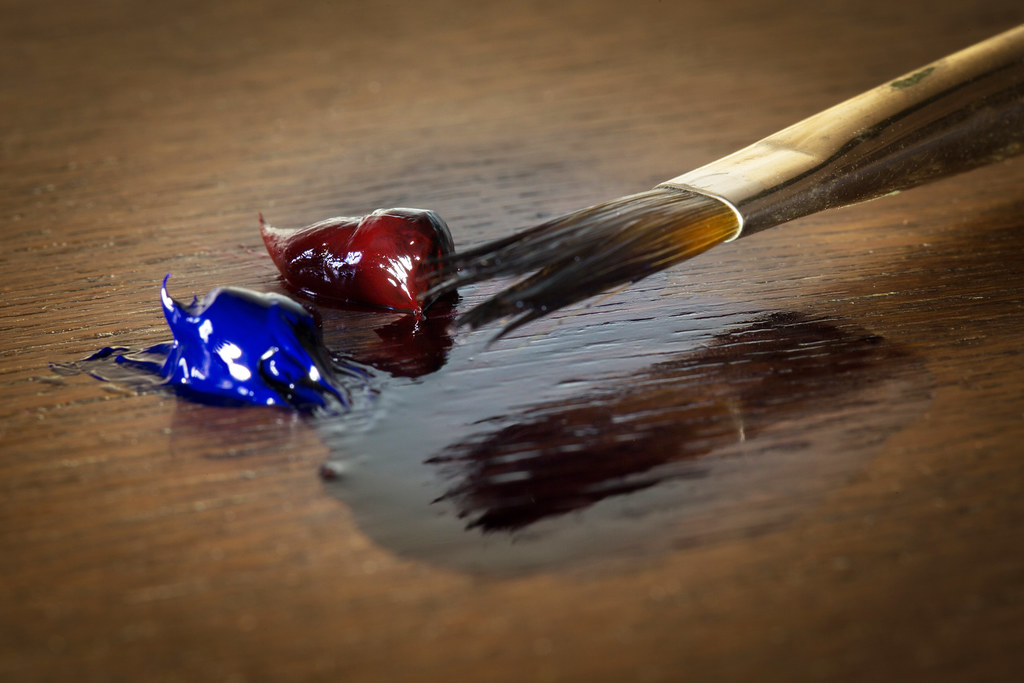
Bisque firing is an essential first step. It involves heating the clay to about 2,200 degrees Fahrenheit, making the clay hard yet porous, thereby ready to accept glazes. This bisque firing essentially prepares the ceramic piece for its final transformation. For a more detailed understanding of this process, you can explore further about bisque ware.
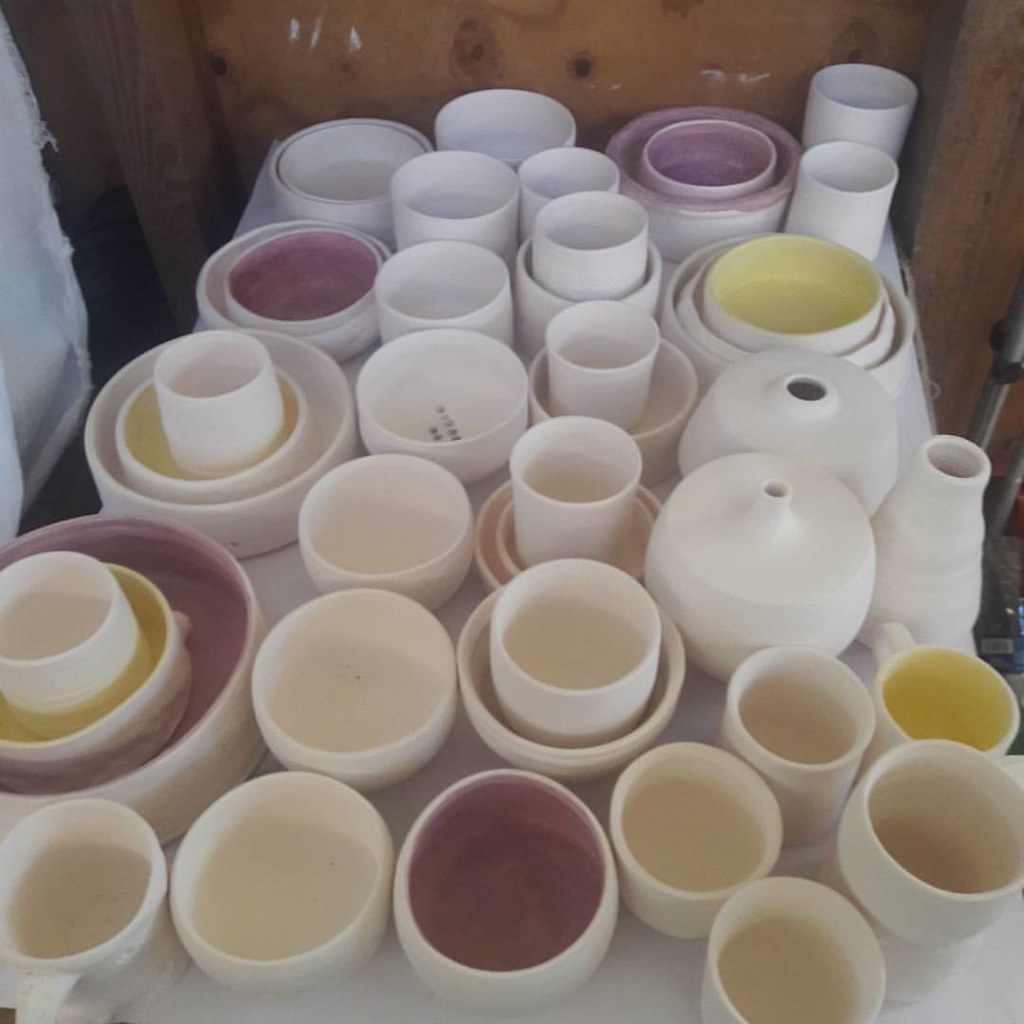
Fast Crystallization in Ceramics
Recent advancements highlight the effect of “fast”-crystallization and simultaneous glazing on lithium-disilicate ceramics, a topic covered extensively in scientific literature. This method enhances the mechanical properties and can improve the overall quality of the ceramic pieces. For those interested in the technical aspects of this innovative technique, the comprehensive study is available here.
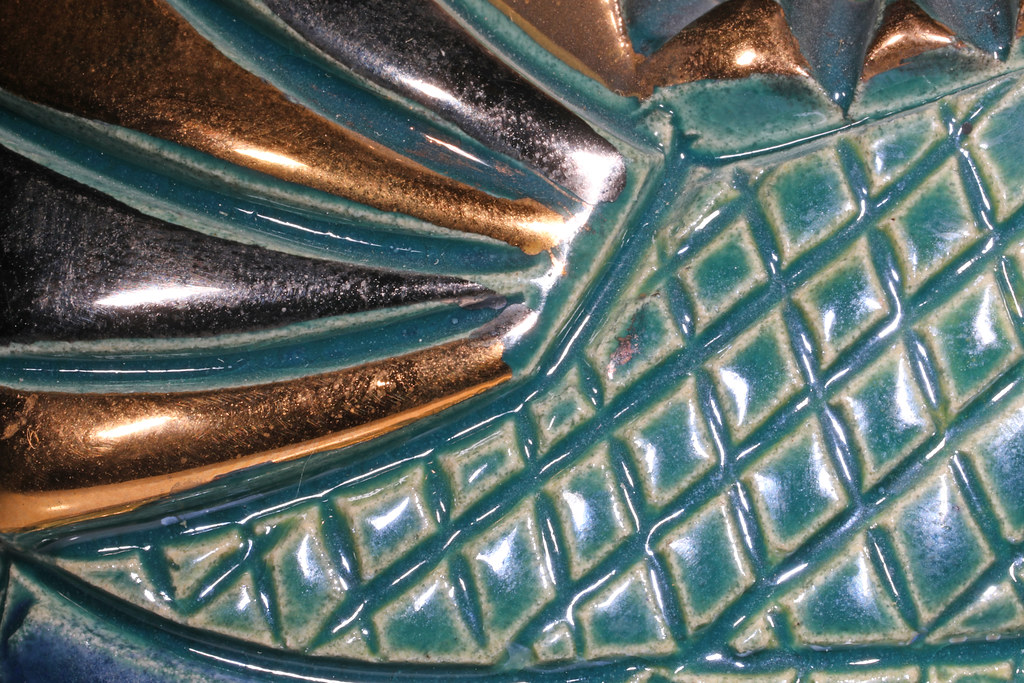
The Art of Glazing
Glazing is not merely a protective layer; it adds character and finish to the ceramic piece. Artists worldwide experiment with various glazing techniques to achieve unique textures and colors. It’s a balance between artistic creativity and the science of chemistry.
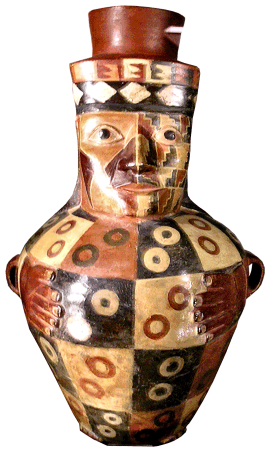
Stay Updated with the Latest in Ceramics
For anyone eager to dive deeper into the latest trends and research in ceramic art and techniques, you can explore our most recent articles and insights.
Learn More About Different Clay States
Glazing bisqueware is a critical step in ceramics, where pottery or sculpture has already been bisque fired and is ready to be coated with a glassy surface. To further understand the different stages of clay preparation leading up to glazing bisqueware, check out this insightful video by Kira Eadington titled “Greenware, Bisqueware, Glazeware: What’s the Difference?”
Can you glaze bisqueware?
Yes, you absolutely can. Once clay has been bisque-fired, it’s porous and durable enough to accept glazes. Glaze is essentially a blend of finely ground minerals suspended in a liquid medium, which you can apply by brushing, pouring, or dipping. After it dries, the ware goes back into the kiln, where high temperatures cause the glaze ingredients to melt and fuse into a glossy, protective surface on your pottery.
How to prepare bisqueware for glazing?
Start by wiping down your bisque-fired piece with a damp sponge to remove any lingering dust. Many potters first dip their pottery in a base glaze—often white—then combine a second glaze color with dish soap to create bubbles, which can be blown onto the piece for unique patterns. Others bubble-glaze first and then add a clear or complementary glaze layer on top. Because the bubbling process alone won’t fully cover the surface, applying an undercoat or overcoat of glaze ensures even coverage and vibrant results once fired.
How long after bisque firing can you glaze?
Technically, you can start glazing as soon as your bisqueware is cool enough to handle. There’s no strict timetable—you can store bisqueware for days, weeks, or even months before glazing. Just keep it clean and free from dust or damage, and it’ll be ready for a glaze application whenever you decide to move on to the final firing.
Glazing bisqueware truly transforms your ceramic pieces, giving them that beautiful, glossy finish that makes each piece unique and vibrant. Whether you’re a seasoned potter or just starting out, mastering this step can take your creations to the next level, both in terms of aesthetics and functionality. It’s always exciting to see how different glazes interact with your bisque-fired ware, allowing for endless possibilities and creativity.
Stay Connected and Keep Creating!
I’d love to see your glazing adventures and hear about your experiences. Feel free to join our community on Instagram where you can share your work, get inspired by others, and stay updated with the latest tips and trends in ceramics. Happy glazing!
